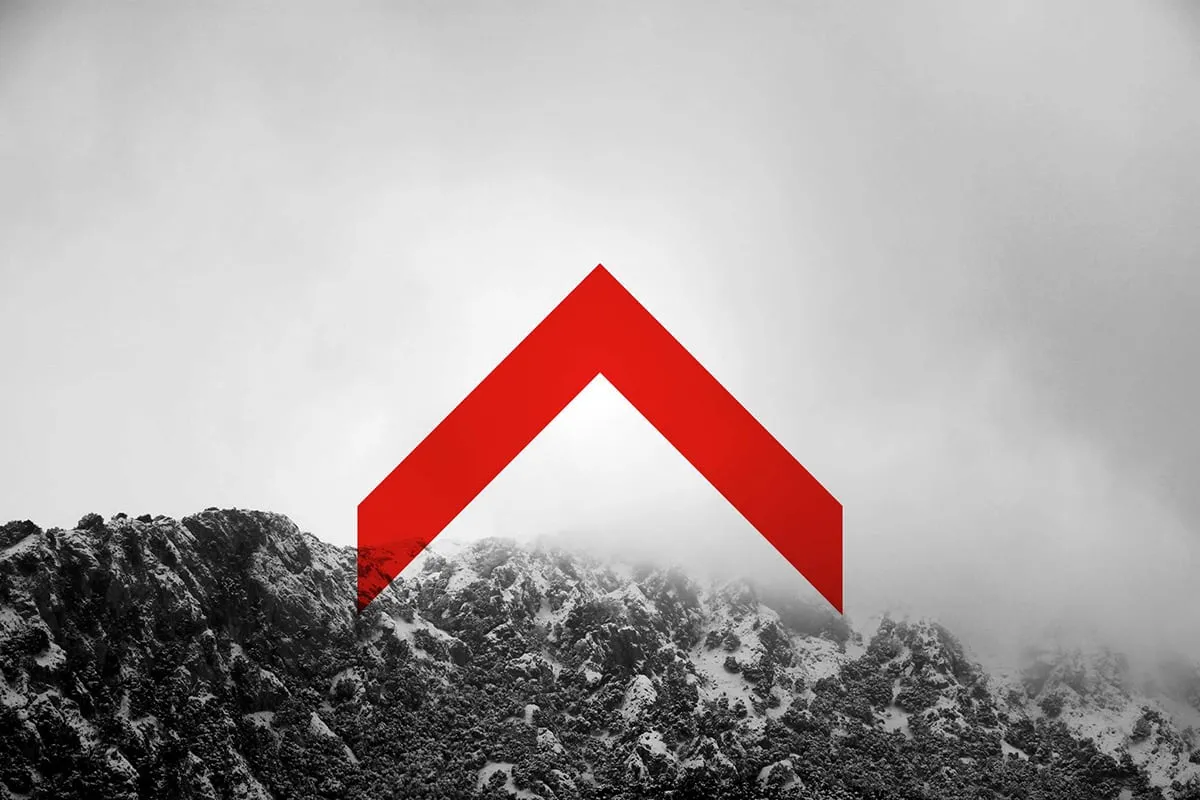The city is often called ‘mankind’s most important invention’. And nowadays, cities are being discussed more than ever.
The growth in urbanisation proceeds apace and there is no indication that it is slowing down. Why is this? How, in fact, do we plan our cities? Do we plan too much or too little? How do we create well-being? Why do some places thrive while others are reduced to ghost towns? And what part does the architecture – the actual buildings and the spaces in between them – play in the matter? Only 15 years ago, the removal vans were heading for the spreading residential areas. Today, the flow has reversed. And the cities are growing; the majority of the world’s population now lives in urban areas. Will there be room for everyone?
The Nordic Architecture Fair is the Nordic region’s face-to-face meeting place where these issues will be discussed.
That the Nordic countries should have a dedicated fair for architecture and urban planning is obvious. Nordic architecture has a special position. The clean, stringent design idiom of front runners like Alvar Aalto, Sverre Fehn, Jørn Utzon and Gunnar Asplund has been a veritable inspiration to far more than just their fellow countrymen, and made them some of the most admired architects of the 20st century.
Of course, a lot of the Nordic architectural aesthetic is about light; making the most of the diffuse light that the Nordic countries have so little of; the need to maximise the amount of sunlight entering a building without letting in the winter cold. This tricky balance demands an exceptional understanding of the prerequisites of a dwelling. Nowhere else does the saying ‘My home is my castle’ ring so true.
Scandinavia was an isolated region for centuries, seen as the end of the world. In more modern times, Nordic architects quickly learned to create something artistic within the constraints of sparse resources. This knowledge of traditional building methods serves us well in these times of threats to the environment. Add the arrival of high-tech to the fact that the people of the region are ‘early adopters’, and it is easy to understand how the cross-fertilisation between tradition and innovation in the 21st century resulted in a more expressive architecture than ever before.
Nowadays, the designs are far removed from the stringency of earlier days, and the range of materials is nowhere near as limited. Nordic architects compete on the same terms as architects from other parts of the world, and they do so very successfully. Never before have so many architectural offices from the region been selected for commissions outside the region. In this context, it is worth noting that even their most spectacularly explosive designs frequently spring from that most Nordic ethos of consideration for the user.

https://en.nordicarchitecture.se/

